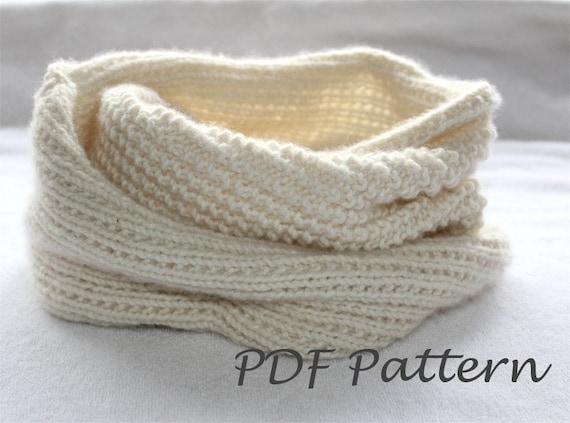

Please help improve this article by adding citations to reliable sources. This section needs additional citations for verification. Later, red and white keffiyehs were adopted by Palestinian Marxists, such as the PFLP. Traditional black and white keffiyehs became associated with Fatah.

The colors of the stitching in a keffiyeh are also vaguely associated with Palestinians' political sympathies. This was unusual, as the keffiyeh is associated with Arab masculinity, and many believe this to be something of a fashion statement by Khaled, denoting her equality with men in the Palestinian armed struggle. These photos often included Khaled wearing a keffiyeh in the style of a Muslim woman's hijab, wrapped around the head and shoulders. Several photographs of Khaled circulated in the Western newspapers after the hijacking of TWA Flight 840 and the Dawson's Field hijackings. This way of wearing the keffiyeh became a symbol of Arafat as a person and political leader, and it has not been imitated by other Palestinian leaders.Īnother Palestinian figure associated with the keffiyeh is Leila Khaled, a female member of the armed wing of the Popular Front for the Liberation of Palestine. Early on, he had made it his personal trademark to drape the scarf over his right shoulder only, arranging it in the rough shape of a triangle, to resemble the outlines of historic Palestine. He also wore a similarly patterned piece of cloth in the neckline of his military fatigues. Arafat would wear his keffiyeh in a semi-traditional way, wrapped around his head via an agal. The black-and-white fishnet pattern keffiyeh would later become Arafat's iconic symbol, and he would rarely be seen without it only occasionally would he wear a military cap, or, in colder climates, a Russian-style ushanka hat. Yasser Arafat wearing his iconic fishnet pattern keffiyeh in 2001


 0 kommentar(er)
0 kommentar(er)
